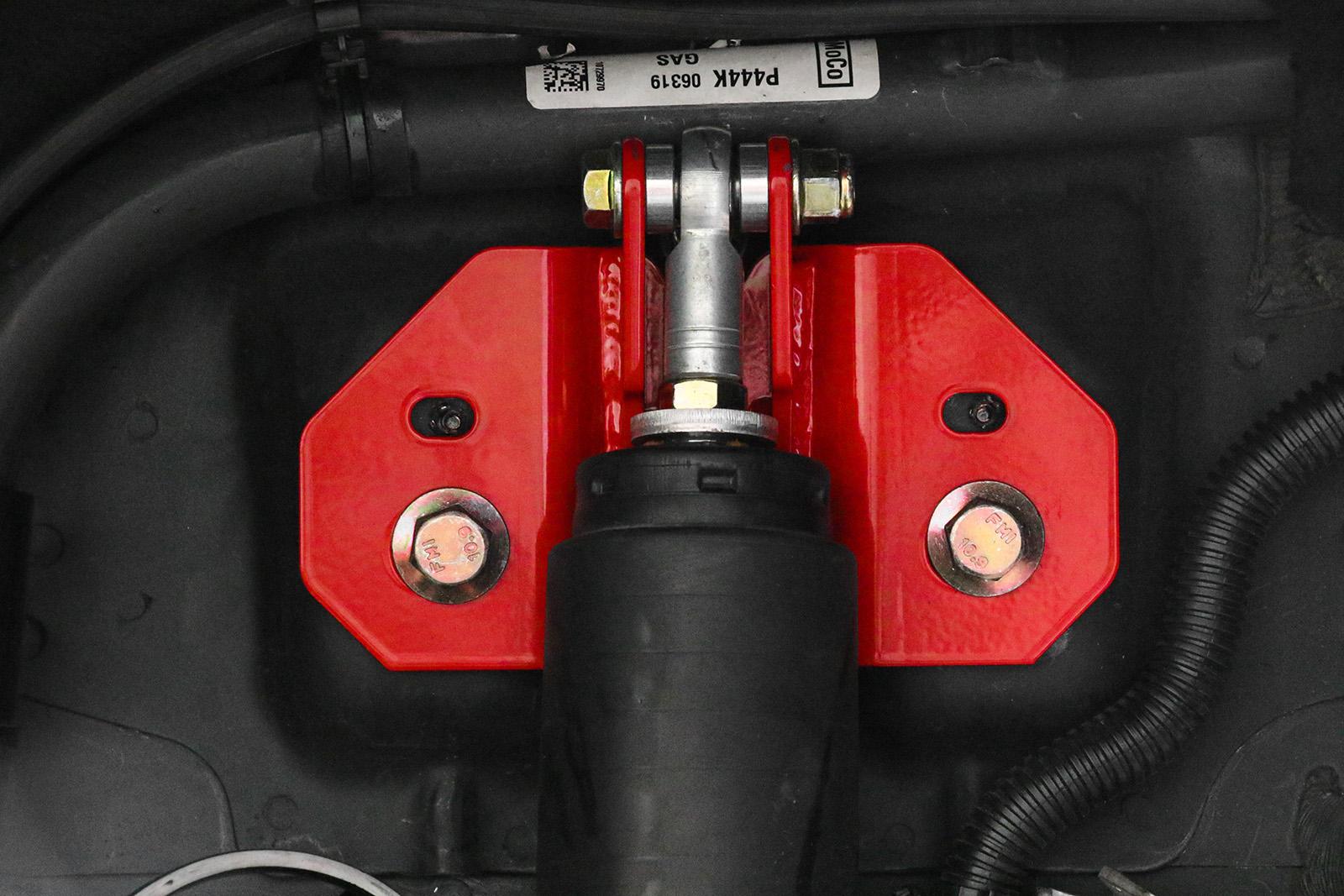DivineStrike
Doomsday
- Joined
- Jan 30, 2014
- Threads
- 82
- Messages
- 2,966
- Reaction score
- 200
- Location
- Charleston
- Vehicle(s)
- 15 GTPP, 11 F150 FX4, 07 CBR600RR
Would use of another material mimic a spherical bearing solid mount but add in a similar but more communicable failure point? Like derlin etc? Not necessarily as a replacement to the bearing itself. Maybe something within the unit that could be replaced
Sponsored

